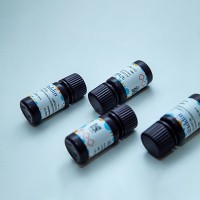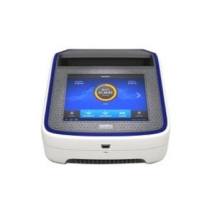Since the 1980s the epidemiology of Clostridium difficile infection (CDI) has been investigated by the application of many different typing or fingerprinting methods. To study the epidemiology of CDI, a typing method with a high discriminatory power, typeability, and reproducibility is required. Molecular typing methods are generally regarded as having advantages over phenotypic methods in terms of the stability of genomic markers and providing greater levels of typeability. A growing number of molecular methods have been applied to C. difficile . For the early and rapid detection of outbreak situations, methods such as restriction enzyme analysis, arbitrary primed polymerase chain reaction (PCR), and PCR ribotyping are commonly used. For long-term epidemiology, multilocus sequence typing, multilocus variable number of tandem repeats analysis, and amplified fragment length polymorphism are of interest. Currently, the PCR-ribotyping method and the library of PCR ribotypes in Cardiff are the benchmarks to which most typing studies around the world are compared. Multilocus variable number of tandem repeats analysis is the most discriminative typing method and will contribute significantly to our understanding of the epidemiology of this important nosocomial pathogen.






